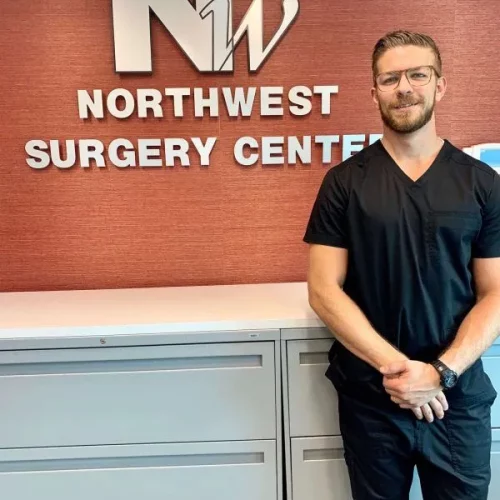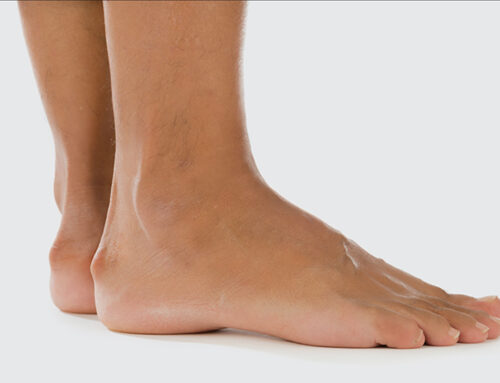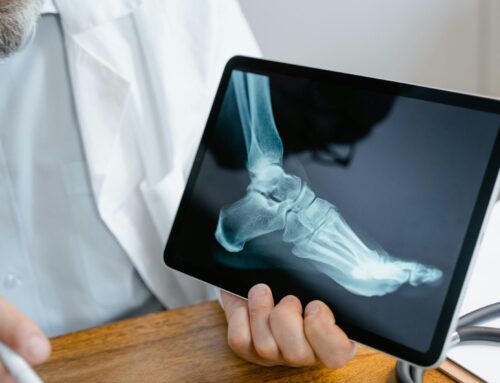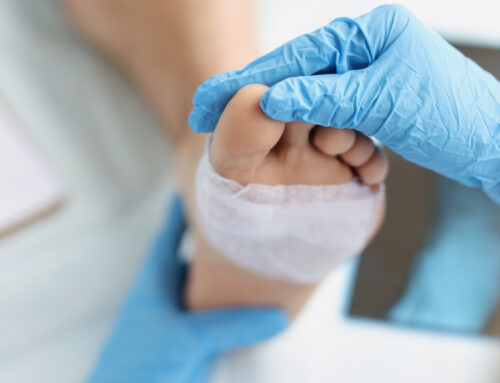Dealing with heel spurs can be a real pain—literally. If you’ve tried other remedies, like applying ice packs, doing recommended stretches, wearing padded soles, braces, and taking over-the-counter medications to no avail, you’re essentially left with two alternatives: getting a heel spur injection or surgery.
While some people may want to steer clear of getting surgery unless they absolutely have to, it is actually the best path to take if you want guaranteed results, especially with minimally invasive surgery (MIS). But why? What’s wrong with getting a heel spur injection for pain? What are the long-term effects? And what’s so great about getting MIS anyway?
Why Avoid a Heel Spur Injection for Pain?
Cortisone shots are nothing new in the medical world, and in truth, they can be an excellent solution if you do not intend to receive many of them. However, when it comes to heel spur pain, you’re going to be dealing with a constant discomfort that one heel spur injection is not capable of fixing, short of a small window.
You’ll find yourself going back for more and more injections over time as the pain and discomfort continues to return. Not only does this get expensive as the medical visits accumulate, but there is a slew of negative side effects that can develop as a result.
Long-Term Effects of Heel Spur Injections
It must be said that receiving too many heel spur injections can have unwanted consequences on your health. Many physicians limit the number of injections a person can get in a year, and for good reason because too many over a long period of time can cause deterioration and inflammation to the surrounding area. The soft tissues may grow accustomed to receiving the injections, which can lessen their effects and damage them in the process. They can also cause swelling, weight gain, sleep issues, redness, headaches, rashes, stiffness, aches, and pain in the short term.
In short, opting for continuous heel spur injections for the rest of your life, with the accompanying side effects, is simply not as efficient as having minimally invasive surgery to solve the problem completely.
The Benefits of MIS
If getting minimally invasive surgery is the best treatment option for your heel spurs, what are the benefits? MIS is extremely precise, yielding high success rates with better results, and the small incisions will leave less scarring than traditional surgery methods. Because of the non-invasive nature of MIS, patients can expect to walk out of surgery, drive themselves home and for the most part, they can get back to their regular lives.
The pain and discomfort that is usually felt in patients post-surgery are greatly reduced with MIS, as there are fewer incisions and little “digging around” that must be done. Once you’ve returned home, you’ll find that the recovery time for MIS is much shorter than that of traditional surgery, and you will soon be able to do the all the things you used to enjoy, such as returning to work, going to the gym, going shopping, or walking around the park, all free of pain.
Getting Help From an Experienced Professional
Getting a one-off heel spur injection may not be the end of the world, but consecutive doses can prove highly problematic in the long run. Instead, the best treatment option available is almost always surgery, as it can take care of the condition once and for all, rather than acting as a temporary solution to a continuing problem.
Ready to get rid of your heel spurs once and for all? Northwest Surgery Center can give you the treatment needed to turn your heel problem around. Our experience in performing minimally invasive surgery is unmatched and will give you the ability to do the things you used to do without the constant pain of heel spurs. Contact us today or give our toll-free number a call at 800-873-1060 to learn more.

Reviewed By Dr. Sullivan
Dr. Jordan Sullivan, DPM, is a board-certified podiatrist at Northwest Surgery Center specializing in minimally invasive foot and ankle procedures. He’s passionate about helping patients get back on their feet faster with less downtime.
Learn more about Dr. Sullivan here.





